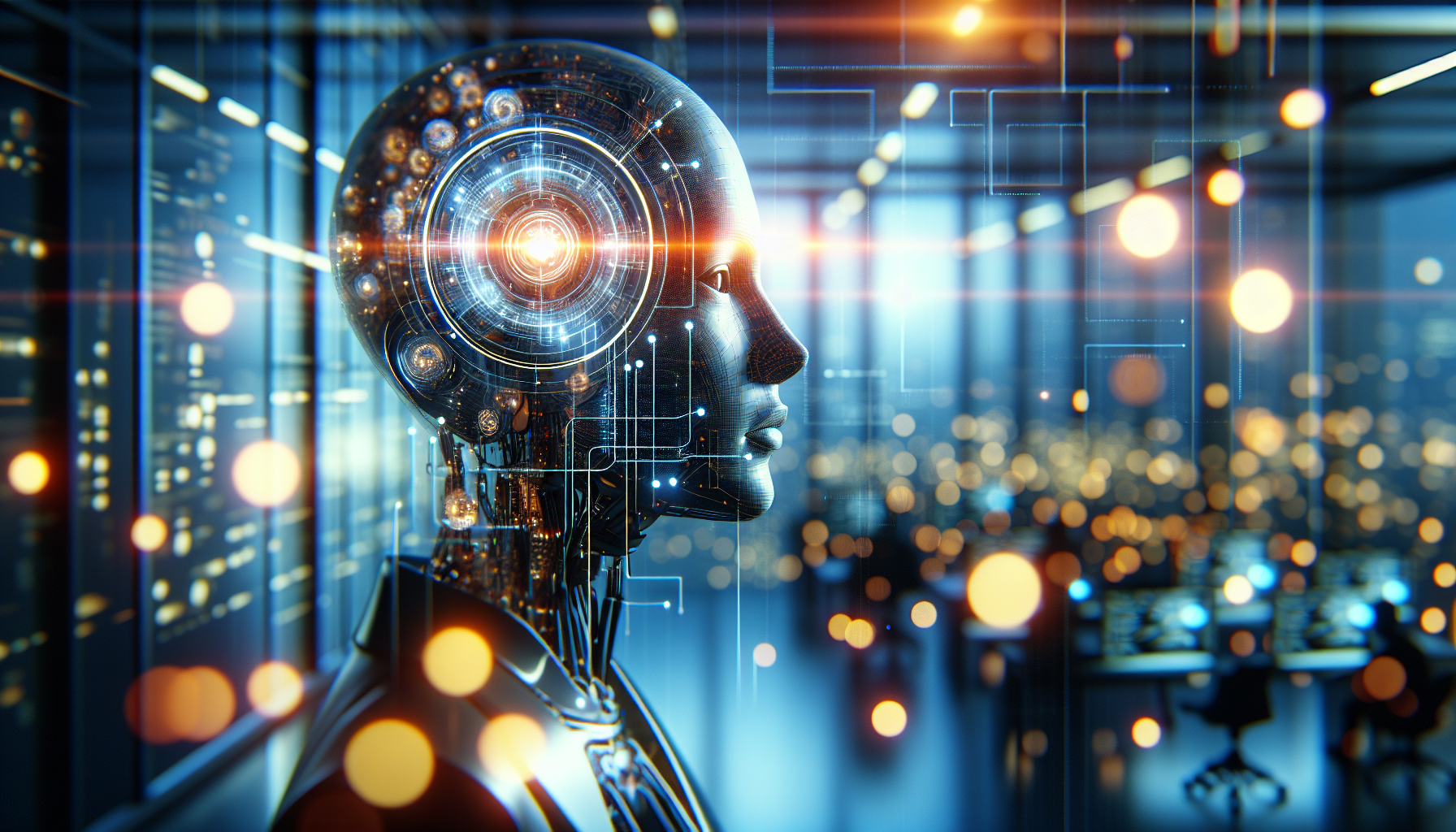
AI in Agriculture: A Comparative Analysis on Boosting Efficiency and Crop Yields
August 16, 2025
Artificial Intelligence (AI) is transforming agriculture in ways that were once the realm of science fiction. Imagine a world where every seed, drop of water, and ray of sunshine is optimized for maximum yield—this is the promise of AI in agriculture. By harnessing the power of advanced algorithms and machine learning, farmers can now achieve unprecedented levels of efficiency and productivity. But what does this mean in practical terms?
Consider the traditional methods of farming, where decisions are made based on experience and intuition. While these methods have served humanity well for centuries, they are inherently limited by human capacity to process vast amounts of data. AI, however, does not suffer from this limitation. With the ability to analyze colossal datasets from meteorological patterns, soil health, and crop performance, AI provides insights that help farmers make decisions with pinpoint accuracy.
One of the most compelling aspects of AI in agriculture is its ability to perform predictive analysis. For instance, machine learning models can predict crop yields with remarkable precision by analyzing historical data and current conditions. This allows farmers to adjust their strategies proactively—whether it’s altering planting schedules, optimizing irrigation, or selecting the most effective pest control measures. Such foresight is invaluable in mitigating risks associated with climate variability and market fluctuations, positioning AI as a game-changer in agricultural resilience.
In a comparative analysis, AI-driven precision agriculture significantly outpaces traditional farming methods in efficiency. Consider irrigation—a critical component in farming. Traditional irrigation relies on predefined schedules, often leading to over or under-watering. AI solves this problem by using real-time data from sensors placed in the fields to determine the exact water needs of crops, conserving water and ensuring optimal growth. The result is not only an increase in crop yield but also a reduction in water usage, which is crucial in areas facing water scarcity.
Furthermore, AI’s role in pest management cannot be overstated. Traditional methods involve routine pesticide applications, which can be both costly and environmentally damaging. AI systems, however, can identify pest presence early through image recognition and sensor data, enabling targeted interventions. This reduces the need for blanket pesticide use, lowering costs, and minimizing environmental impact. Farmers can thus maintain healthier ecosystems while enhancing crop yields—a balance that was previously difficult to achieve.
The capability of AI to provide tailored recommendations is another advantage over one-size-fits-all approaches. AI systems can assess the unique characteristics of each farm, from soil type to local climate conditions, and offer specific guidance on crop varieties and farming practices. This customization ensures that every farmer can maximize their land’s potential, regardless of size or location, democratizing access to high-efficiency farming practices.
However, integrating AI into agriculture is not without challenges. The initial investment in AI technology can be significant, especially for small-scale farmers. There is also a learning curve associated with adopting new technologies, which can be daunting for those accustomed to traditional methods. Yet, as AI technology becomes more accessible and user-friendly, these barriers are steadily diminishing.
Critics might argue that reliance on AI could lead to over-dependence on technology, potentially sidelining human expertise. However, AI is best viewed as a complement to human knowledge rather than a replacement. It empowers farmers by enhancing their ability to make informed decisions, thus driving innovation and sustainability in agriculture.
Moreover, AI’s impact extends beyond economic benefits. By optimizing resource use and reducing environmental impact, AI contributes to more sustainable agricultural practices. This is crucial in the context of global challenges such as climate change and food security. By enhancing the efficiency of food production, AI holds the potential to feed a growing population without exhausting the planet’s resources.
As we stand on the brink of a new era in agriculture, the question arises: How can we ensure that the benefits of AI are accessible to all farmers, regardless of their scale or location? The answer lies in collaborative efforts among technology developers, policymakers, and the agricultural community to create an inclusive framework that supports the integration of AI into farming practices worldwide.
In embracing AI, we are not just revolutionizing agriculture; we are sowing the seeds of a more efficient, sustainable, and equitable future. What steps will you take to be part of this transformation?


